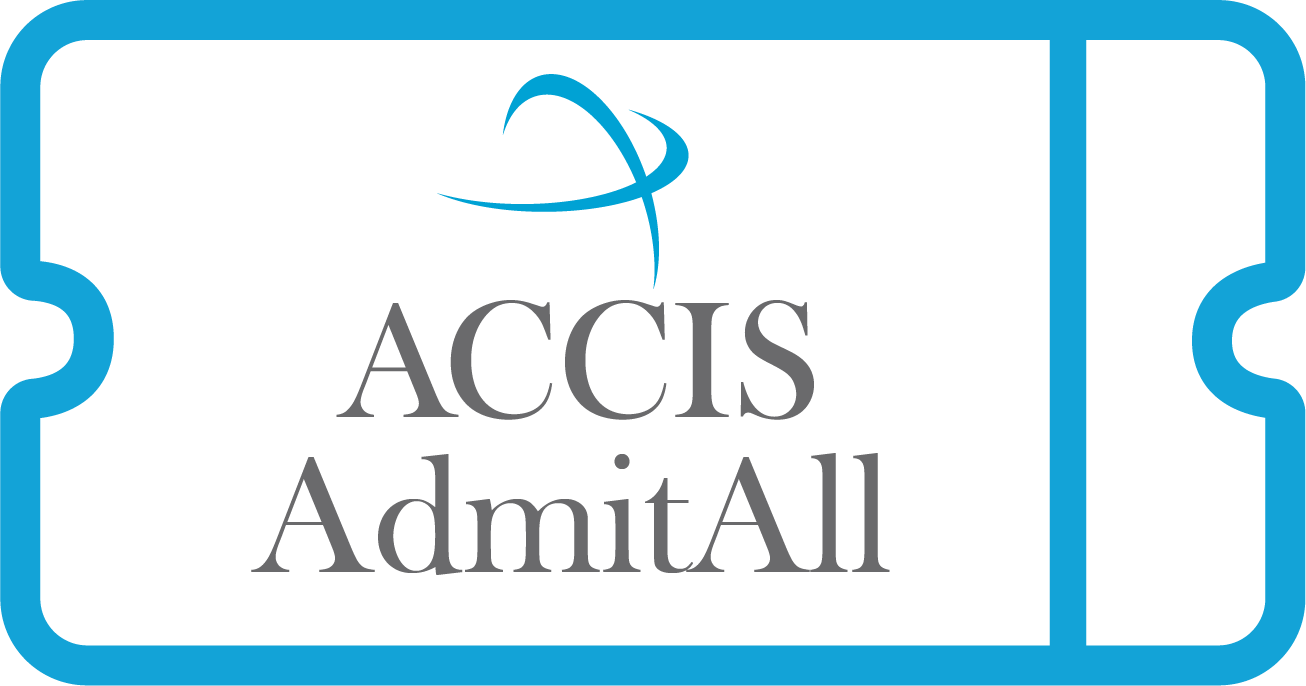The Seat in Class Next to Me Will Always Stay Open

“The Seat in Class Next to Me Will Always Stay Open”
The Obstacles Facing Students of Color Who Attend a Predominantly White Institution
Lucas Frankel
College Counselor
Shady Side Academy
You are a college counselor having an introductory meeting with a student. This student has done everything asked of them in high school. Top of the class in GPA, praised for a stellar work ethic, active in multiple passion projects, and well-respected in the community. The student is now embarking on their college process and has asked you to help identify some academically viable colleges. What strategies are you going to use to support this student?
Now what if I told you that this is a student of color? Does that change any of the strategies you just considered?
Many selective colleges and universities are painfully lacking in racial diversity. It can be a difficult transition for a high-achieving student of color to acclimate to the social climate of a predominantly white institution (PWI). They struggle to find their home within the college in much different ways than their white peers, and therefore may need different, more nuanced support from their high school counselor. I went back and asked some of my former Community Based Organization (CBO) students to tell me about their transitions to college. Here is some of the feedback I received.
Note 1: I have changed the students’ names for privacy but provided some background information.
Note 2: When the students refer to their “college counselor” they may be talking about me or the counselor at their high school. I will use my own name where appropriate.
James & Ana – Attended private high schools in suburban settings. They are currently enrolled at small, selective liberal arts colleges.
Stephanie & Brianna – Attended public high schools in an urban setting. They are currently enrolled at small, selective liberal arts colleges.
Natalie & Ginnie – Attended public high schools in an urban setting. They are currently enrolled in selective all women’s colleges.
All six students said that their primary visions of college came from movies and brochures – they imagined parties and new friends and all-night cram sessions. All six said that the reality is much more...real. There are highs and lows, tough professors, boring days, and way, way fewer parties.
Although it would have been hard to fully appreciate the difficulties of the transition before arriving, they also wish that there had been more direct counseling from me about the differences. “I would have liked to know what it means to attend a PWI as a first-generation woman of color. I didn’t know I had to be so aware of my identity until I was made to feel like I needed to act and speak on behalf of these labels,” said Stephanie. She went on to explain that she felt this way in most aspects of college – in her dorm, her classes, and her athletic team – and that it just felt “too taboo to discuss” with me before she got there. Ginnie added, “I don’t even think I really identified as a person of color until college, or even knew what that meant exactly. I never paid attention to my skin tone and my upbringing until college because I didn’t realize that would be the first thing people saw me for here: a brown girl.” These were missed opportunities to discuss race on campus, and the onus was on me to present them to my students. However, when there was direct counseling, they appreciated it. Brianna said, “[Lucas] was always there to answer questions as cutthroat as possible. He was adamant about making sure that we were all going to schools that made us comfortable, but still challenged us in the long run.” Ana continued that thought with, “[Lucas] helped me understand that this is the real world and no one was going to hold my hand.”
The biggest agreement among the students was the feeling of imposter syndrome. Regardless of where they attended high school, we, as their counselors, did not do enough to prepare them for this. James said that it felt like “college was a place where I did not belong,” and Ginnie added that “the biggest challenge that I faced was just the reassurance that I deserved to be here.” She went on to say, “I realized very quickly that I was a tiny, tiny little fish (maybe even a plankton) in a giant ocean. My peers did not look like me, speak like me, act like me, or resonate with me.” Stephanie summed up the experience by saying, “I was made to feel [from my high school] that I had no business applying to a private liberal arts college...This motivation definitely helped me when I first arrived on campus because I was fueled to be successful...but it definitely didn’t last long. I felt that imposter syndrome creep up and it was definitely present all four of my years.”
Because all six are resourceful, mature, high-achieving students, all of them have had successful college careers. Although some had long adjustment periods, they talked about how they were able to eventually settle in at their colleges. Natalie talked about becoming comfortable: “I learned to be okay with my lack of knowledge in certain areas and this just motivated me to learn more.” Ana added, “Boarding school taught me to get an agenda and get ahead with my work and also how to study. But I had to learn to reach out, and even today, I struggle a little with asking for help.”
Finally, each student shared a possible solution on how we, as counselors, could prepare them for and ease the transition. Most students said that they would have liked to talk to more alumni who attended a PWI to hear about their experiences. Moreover, they wanted more representation in successful college students/alumni who they could use as role models and talk to when they had questions. Brianna had a great idea: she started joining clubs where she knew none of her friends would be. She says she met many new people just by getting out of her comfort zone and trying a new activity. Natalie and Stephanie talked about how they joined a Latinx club. Natalie said, “We shared the same taste in music, food, and had similar backgrounds. This created a great support system my first year and really helped with my transition into college.” Stephanie noted that she became friends with other first-generation students who did not share her background, as it helped her realize there were others with similar issues.
Most of all, these students wanted to feel that they belonged. Whether they achieved this through joining affinity groups, playing sports where they could confide in teammates, or finding a faculty member who could understand their experiences, each student just wished their counselor had provided more clarity on how to make the learning curve of college a little less steep.
For students who have to deal with significantly more obstacles than their white counterparts, I believe we are obligated to provide the details of what an underrepresented student might encounter at a PWI. As one student summed up, “You should have told us that at times we would be the only person of color in class, and because of that, my peers will always be more attentive and look at me more directly when I speak, or that the seat in class next to me will always stay open.”
I need to be better. We need to be better. I am so grateful for the time and effort my former students gave me by answering these questions, and I cannot learn solely from the free emotional labor of my students of color. Furthermore, the “standard operating procedure” does not work for all college-bound students. Just because a school is academically viable does not necessarily make it a good fit for every student of color. “Staying the course” is not good enough – we need to work on ourselves in new ways so that we may be better for them.
